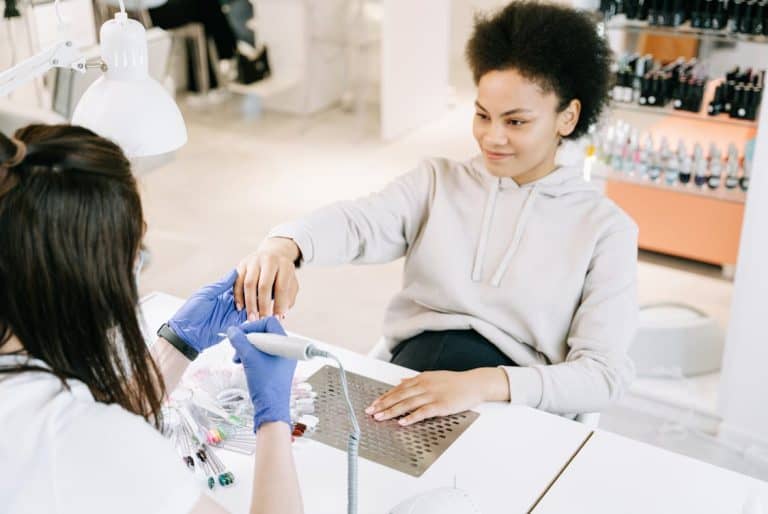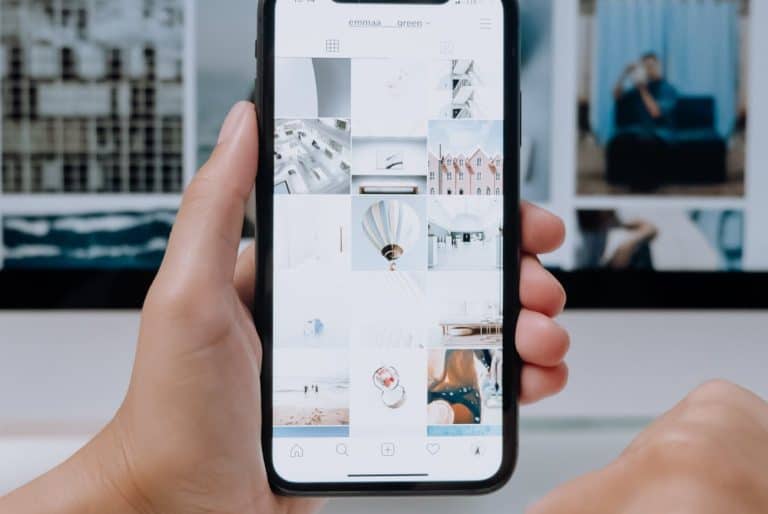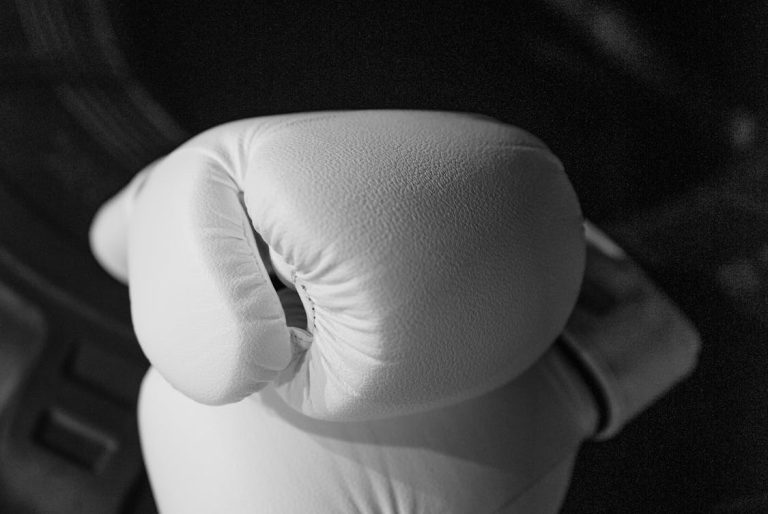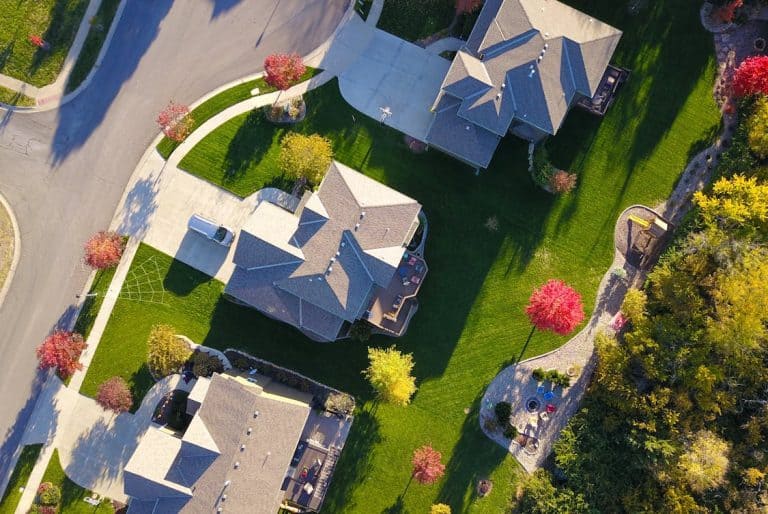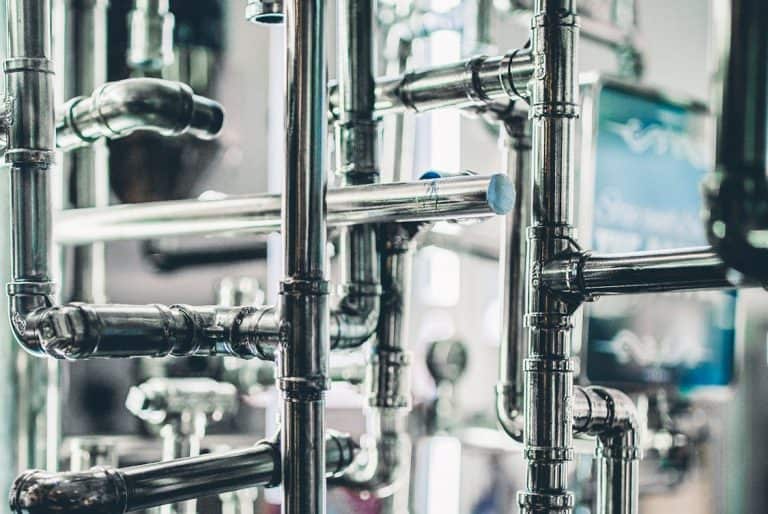AI image generation is becoming more precise, but it also raises new questions about ownership and ethics. These issues can range from the use of personal information without consent to the potential to devalue human creativity.
This is why it’s important to understand how these tools work so we can be informed users and promote responsible and safe use. This includes fostering collaboration between policymakers, researchers and tech industry professionals.
Privacy
The increasing popularity of AI generated images has raised concerns about privacy. The technology can be used to create likenesses that closely resemble people without their knowledge or consent, which poses serious legal and personal safety risks. Furthermore, facial recognition technologies can build databases of private information that individuals would prefer to keep confidential. This raises the need for stricter privacy regulations and a robust code of conduct for all parties using this technology.
Privacy issues also arise from the fact that AI-generated photos can be used to impersonate individuals or groups, thereby creating a dangerous and misleading online presence. These tools can also be used for surveillance and social engineering purposes, exposing people to unscrupulous activity. Additionally, a person’s image can be repurposed and used to target them with malware or other malicious content.
Another major concern is that AI-generated images can perpetuate and amplify societal biases, especially when the algorithms are trained on existing data sets. For example, if an algorithm is trained on images of beautiful white women, it will continue to produce similar photos in the future, even if users prompt the tool to generate different types of pictures. This can lead to a lack of diversity and reinforce harmful stereotypes.
Many of the generative AI tools available on the market are based on large datasets scraped from the internet. This can be an ethical issue because it can result in copyright infringement and plagiarism. In addition, it can harm the reputation of original artists and lead to unintended consequences.
For example, a popular art-generating AI called Stable Diffusion uses recognizable fragments of copyrighted work posted on the internet for training, without obtaining permission from or crediting the original creators. This is a clear violation of copyright law and may result in legal action.
Another big issue is that these generative AI tools are being used by malicious actors to generate and share fake news, false statements, and misinformation. They can also be used to make non-consensual pornography. The use of these AI tools by malicious actors is a clear breach of the right to privacy and poses a threat to society, according to this ranktracker article.
Copyright
The emergence of AI generated profile pictures raises questions about who owns the images and whether they are copyrightable. Some companies have chosen to release their AI-created images into the public domain, while others have attempted to copyright them as works of joint authorship between the AI and its human creator.
The US courts have not yet established a clear legal precedent on this issue, with some judges finding that AI-generated works are not protected by copyright. Other judges have found that AI-generated works are protected by copyright, but only if they are sufficiently transformative to qualify for copyright protection. However, these interpretations are still evolving, and it remains to be seen how the Supreme Court will decide on this matter.
For example, a court in China recently found an image to be copyrightable because it was “rearranged, colored, modified, and enlarged.” This type of modification is arguably sufficient to meet the threshold for transformation and allow the creation of a new work that qualifies for copyright protection. This decision is at odds with the U.S. District Court’s decision in Thaler v. Perlmutter, which denied copyright protection for an image that was created automatically by a computer.
It is also worth noting that the use of artificial intelligence for profile pictures can potentially violate the terms of service of some social media sites. Some services, such as Stable Diffusion, require that users certify that they own or have permission to use the high-resolution version of the image before allowing it to be used on their profiles. Others, such as Prisma Labs, allow users to use their AI portrait for free, but if the user chooses to use the AI portrait for commercial purposes, the company will retain ownership of the image.
Aside from copyright, other concerns with the use of AI-generated profile pictures include potential privacy issues and the impact on self-esteem. Some people worry that using an AI-generated picture could negatively impact their chances of being hired or accepted into schools and programs, while others believe that it may undermine their confidence. Additionally, some people fear that relying on an AI-generated image may make them seem unintelligent or incompetent.
Representation
![]()
In the digital world, a clear and high-quality profile picture is essential to creating an eye-catching online presence. Whether used for social media, professional networking, or personal branding, an AI profile picture can make a significant difference in how you are perceived online. However, the rise of profile picture AI has brought with it a host of ethical questions about authenticity and representation.
AI profile picture generators are a new way to create profile pictures that look like they were taken by a professional photographer. These image-enhancing apps ask users to upload multiple photos of themselves, usually a series of selfies taken from different angles and in good lighting. The software then uses these photos to create an AI-generated portrait that resembles the look of a professionally-taken headshot. The profiles pictures are then used on social media and other websites.
While these photos can be a quick and inexpensive alternative to a professional photoshoot, they can also create the illusion of attractiveness or attractiveness that may not exist in real life. Additionally, these photos can be used to deceive others in the case of fraud or identity theft. This can be a serious problem if a user is trying to build trust through their online presence, but in reality they are using that trust to manipulate others.
The use of AI in profile pictures can also lead to unrealistic expectations about how one should look. Many people who use AI-generated images are trying to achieve a particular aesthetic, such as looking “sexy” or “smart.” While it’s important to be realistic about how you want to be perceived in the digital world, it’s equally important to maintain an authentic sense of self-representation.
While the ethics surrounding the use of AI generated profile pictures are complex, they can be used responsibly with the right guidelines and expectations in place. When used responsibly, these tools can help individuals cultivate their online persona with creativity and flair. The advent of these tools allows for the exploration of a wider range of aesthetics and creative possibilities, making it easier than ever to find the perfect image for any platform.
Manipulation
The emergence of AI photo-generating technology has opened up a world of possibilities for users to express themselves in new ways. But the ubiquity of these tools also brings with it a host of ethical concerns that need to be addressed as the technology continues to grow.
Among the most significant of these issues is the manipulation potential of AI generated images. AI-enabled photos can be easily manipulated to create images that resemble real people without their consent, which could have serious implications for privacy and identity theft. In addition, the blurring of lines between genuine and fake images may undermine trust in media and online content.
For example, an individual’s facial expression can be digitally manipulated to show them laughing or smiling even when they are not. These kinds of alterations can be used to spread false information and manipulate public opinion. In addition, AI-generated images can be used to create deepfakes, which are highly realistic videos that are used to deceive and mislead the public.
While the benefits of using AI-generated photos for dating can be substantial, they also pose a number of ethical challenges. For example, some people may use the tool to portray themselves in a positive light on their dating profile or to appear more attractive to potential matches. Similarly, there are potential risks associated with using the technology to portray a person’s race, gender, or sexuality.
Another concern with the use of AI-generated photos is that the technology can be misused to create offensive or harmful content. This is because AI systems are reflective of their training data, which can lead to the generation of racist, sexist, or homophobic content. Additionally, the lack of regulation of these systems can result in the propagation of hate speech and harmful stereotypes.
As a result, it is important to maintain transparency and disclosure regarding the source of an image or video when using AI. This will help to ensure that individuals are aware of the source of the content and can make informed decisions about whether it is appropriate for their needs.




